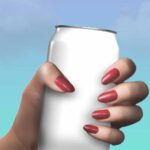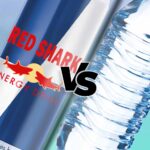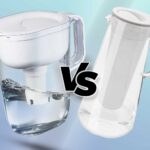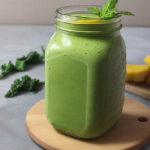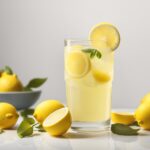Do you remember the classic fizzy drink – the Tab Soda? It was one of the popular beverages in the 60s and 70s. But, if you try and purchase it today, you will be out of luck. So, why was Tab Soda discontinued?
Key Takeaways:
Tab Soda was discontinued due to declining sales and increasing competition in the soft drink market, as well as damage to the product’s reputation caused by controversies surrounding its ingredients.
Continue reading to learn more about this iconic and classic beverage and discover if it is possible to make a comeback on the shelves.
Here’s Why Tab Soda Was Discontinued:
Tab soda was a popular beverage that was introduced by Coca-Cola in 1963. It was marketed as a diet soda and was targeted towards consumers who were looking for a low-calorie alternative to regular soda.
Over the years, Tab has developed a loyal following, with many people preferring its taste over other diet sodas.
However, despite its popularity, Coca-Cola announced in 2020 that it was discontinuing Tab. This decision came as a surprise to many people, especially those who have been drinking it for years.
As the years went by, Tab’s original target audience expanded, and the low-calorie soda market became more competitive.
The 1980s saw the introduction of Diet Coke, which quickly gained popularity and became Coca-Cola’s primary diet cola offering.
With the increasing number of diet soda options available to consumers, including Pepsi’s Diet Pepsi and Dr. Pepper’s Diet Dr. Pepper, it’s no surprise that Tab started to struggle to maintain its market share.
Also, in recent years, there has been a shift towards healthier options. This trend has led to a decline in the sales of diet soda, including Tab.
Another notable reason why Tab soda faced a lot of challenges in the beverage industry is because of the rise of controversies surrounding its ingredient usage.
For instance, Tab was initially sweetened with cyclamate and saccharin, but after cyclamate was banned in the US in 1969, the formula was modified to rely solely on saccharin.
However, saccharin came under fire in the 1970s due to concerns about its potential carcinogenic effects. Although later, such claims were debunked, the damage was done, and consumer confidence in Tab waned.
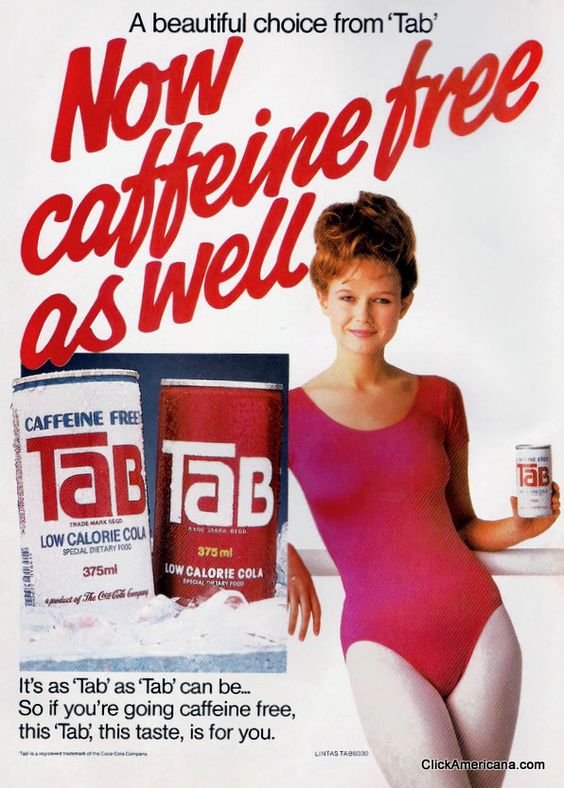
In an effort to recover, Tab switched to aspartame as its primary sweetener in the 1980s. But then again, fans protested against the change and aspartame was removed from the flavor profile considering the demand.
Overall, stiff competition and damage to the product’s reputation due to the controversies surrounding Tab soda’s ingredients led to a decline in sales. In 2011, Tab soda was only produced in limited quantities of 3 million cases for the entire year.
And finally, in 2020, Coca-Cola made the decision to discontinue its once popular and classic soda – Tab soda.
Tab Soda Nutrition Facts And Analysis
| Nutrition Facts | Details |
| Serving Size | 1 Can (12 fl oz / 355 ml) |
| Calories | 0 |
| Sodium | 35 mg |
| Total Carbs | 0 g |
| Total Sugar | 0 g |
| Caffeine | 45 mg |
| Saccharin | 94.8 mg |
First, the serving size of Tab Soda was one can, which contained 12 fluid ounces (355 milliliters). And the best part? It contained 0 calories! That meant that consumers could enjoy Tab’s crisp, refreshing taste without adding calories to their diet.
Tab Soda also contained a moderate amount of sodium at 35 milligrams per can. While it was not a significant source of sodium, it was important for consumers to be mindful of their overall sodium intake, especially if they had high blood pressure or other health concerns.
When it came to carbs and sugar, Tab Soda had 0 grams of each. This made it a great alternative to other sugary drinks, which could be high in calories and contribute to weight gain.
Tab Soda also contained caffeine, which provided a boost of energy and could help improve mental focus. With 45 milligrams of caffeine per can, it was a moderate source of this stimulant. However, it is important to keep in mind that too much caffeine could cause jitters, anxiety, and other negative side effects, so it was best to consume it in moderation.
Finally, Tab Soda contained saccharin, which was a calorie-free sweetener that provided a sweet taste without adding any calories or sugar.
In short, Tab Soda was a low-calorie, low-carb, and sugar-free drink that could be enjoyed as a refreshing beverage without any guilt. And with moderate amounts of sodium, caffeine, and saccharin, it could also provide some benefits to energy levels and taste buds alike.
Tab Soda Ingredients And Analysis
| Ingredients | Overview |
| Carbonated Water | Water that has been infused with carbon dioxide gas to create carbonation. It adds fizziness to the drink. |
| Caramel Color | A type of food coloring that is made by heating sugar. It is commonly used in soft drinks to give them a brown color. |
| Natural Flavors | A combination of various natural flavors that are used to create the unique taste of Tab Soda. The specific flavors are not disclosed. |
| Phosphoric Acid | A clear, colorless liquid that is used in many soft drinks to give them a tangy flavor. It also helps to preserve the flavor of the drink. |
| Calcium Saccharin | A calorie-free sweetener that is used to add sweetness to the drink without adding any calories. |
| Potassium Benzoate | A preservative that helps to protect the taste of the drink and prevent spoilage. It is commonly used in soft drinks and other foods. |
| Caffeine | A natural stimulant that is found in many plants. It is commonly used in soft drinks to provide a boost of energy and improve mental focus. |
| Aspartame | A low-calorie sweetener that is used to add sweetness to the drink without adding any calories. It is commonly used in diet sodas. |
| Phenylketonurics | A warning that the drink contains phenylalanine, an amino acid that can be harmful to people with the genetic disorder phenylketonuria |
What Did The Tab Soda Taste Like?
Well, it had a unique flavor that was hard to describe. Some people loved it, while others found it too sweet or too bitter.
The taste of Tab was a combination of citrus, spice, and a hint of cola. It had a distinct aftertaste that lingered in your mouth for a while. Some people described it as a “metallic” taste, while others found it refreshing.
One thing that set Tab apart from other sodas was its lack of calories. Diet sodas were a relatively new concept at the time, and Tab was marketed as a healthier alternative to regular soda. It was sweetened with saccharin, which is an artificial sweetener that is much sweeter than sugar but has zero calories.
Tab soda was popular in the 70s and 80s, but its popularity waned in the 90s as other diet sodas entered the market.
Will Tab Soda Make A Come Back?
If you’re a fan of Tab Soda, you might be wondering if there’s any hope of it making a comeback.
Unfortunately, according to a spokesperson from Coca-Cola, there are currently no plans to bring back Tab. It’s a sad reality for those who have been drinking this soda for years, and it seems like the Tab fans aren’t ready to give up just yet.
In fact, there are some die-hard Tab enthusiasts who are going to great lengths to try and save the beloved soda from extinction.
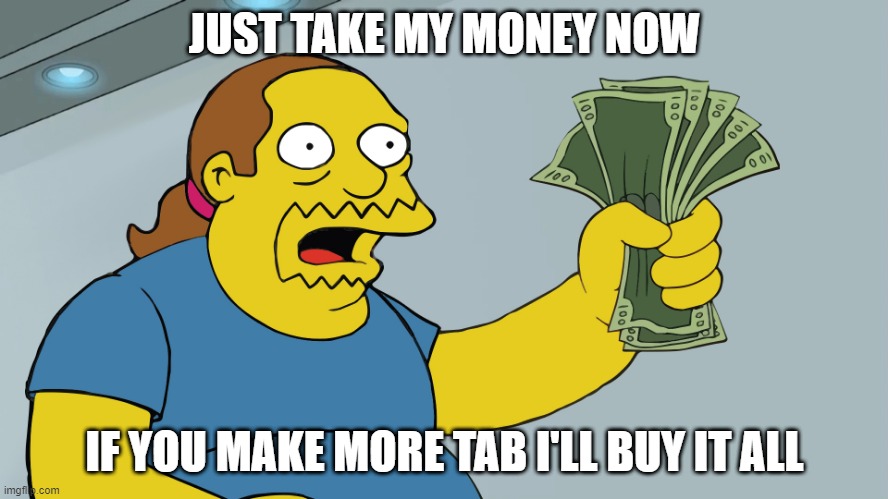
There’s even a website called SaveTabSoda.com, dedicated to the cause, urging Tab soda lovers around the world to help them raise funds, sign petitions, or show their support on social media. It’s heartening to see such dedication from fans who refuse to let go of their favorite drink.
Also, one online petition on change.org is available for anyone to sign, and it’s a way to join the collective voice of Tab Soda fans who want to see it make a comeback. Whether these efforts will have any positive outcome remains to be seen, but it’s clear that the fans of Tab Soda are a passionate and determined group.
Final Thoughts
Despite its discontinuation, Tab Soda will always hold a special place in the hearts of those who loved it. Its unique taste and loyal following will be missed, but it is a reminder of how the beverage industry is constantly evolving to meet the changing tastes and preferences of consumers.
FAQs:
Tab Soda and Diet Coke are both low-calorie, sugar-free alternatives to regular soda. Tab Soda, introduced in 1963, is one of the oldest diet soft drinks, while Diet Coke was introduced in 1982. The primary difference is the artificial sweeteners used: Tab Soda uses saccharin, while Diet Coke uses aspartame. Aspartame tends to have a smoother taste, which is why some people prefer Diet Coke. However, both drinks can be suitable options if you want to reduce your sugar intake.
Tab Soda and Coke Zero are also similar in that they both contain zero calories and sugar. However, Coke Zero was designed to taste more like the original Coca-Cola, while Tab Soda has its unique flavor profile. Coke Zero uses a combination of aspartame and acesulfame potassium as sweeteners, while Tab Soda relies on saccharin.
While Tab Soda is a low-calorie and sugar-free beverage, it may not necessarily be deemed as a completely healthy choice. The presence of artificial sweeteners, such as saccharin, may raise potential health concerns for certain individuals. Furthermore, Tab Soda contains caffeine, which although present in moderate levels, can still have effects on some people.



